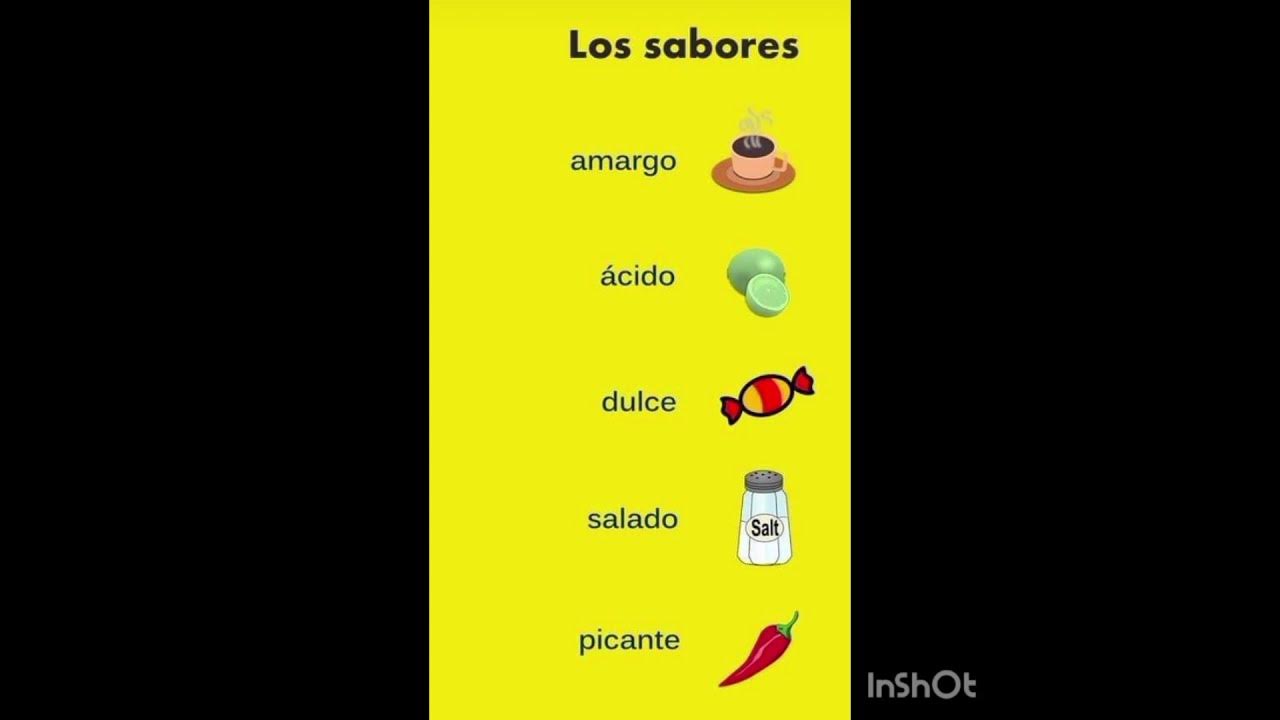I Taste Like Cookies In Spanish

The phrase "I taste like cookies" has sparked a wave of discussion and, in some cases, confusion, particularly when translated into Spanish: "Sé a galletas." This seemingly simple phrase has become a focal point in online discourse, brand marketing, and even academic linguistic analysis, raising questions about cultural nuances, language interpretation, and the power of a catchy saying.
The phrase's unexpected surge in popularity necessitates a closer examination. Understanding the context, origins, and various interpretations of "Sé a galletas" is crucial to understanding its impact on communication and culture.
Origins and Initial Context
While pinpointing the exact genesis of the phrase "I taste like cookies" or its Spanish translation is difficult, it has gained traction in online communities, particularly on platforms like TikTok and Twitter. Early uses often involved humorous or suggestive contexts, playing on the unexpected juxtaposition of taste and self-description.
Memes and short-form videos contributed to the spread of the phrase, with users adopting it for various purposes, from self-deprecating jokes to playful flirting. The ambiguity of the phrase, open to interpretation, has undoubtedly fueled its virality.
Linguistic and Cultural Nuances
The Spanish translation, "Sé a galletas," presents an interesting case study in linguistic translation and cultural understanding. Direct translations often miss subtle connotations and cultural associations. The verb "saber" (to taste) used in this way can carry different weight and implications in Spanish-speaking cultures compared to English.
Dr. Ana Rodriguez, a professor of Hispanic Linguistics at the University of California, Berkeley, notes, "The phrase in Spanish, while grammatically correct, might sound somewhat unusual or even comical to native speakers initially. The cultural association of 'cookies' might also vary; some cultures might associate it with childhood comfort, while others might not have such a strong connection."
This cultural difference highlights the challenges in accurately translating and understanding phrases that rely heavily on cultural context. It also underscores the importance of considering audience and cultural sensitivity in marketing and communication campaigns.
Marketing and Branding Applications
The catchy and somewhat provocative nature of "Sé a galletas" has not gone unnoticed by marketing professionals. Several brands have attempted to capitalize on the phrase's popularity, often with mixed results.
Some companies have used the phrase in social media campaigns to generate buzz and engagement. Others have incorporated it into product descriptions or advertising slogans, attempting to associate their brand with the playful and intriguing aura surrounding the phrase.
However, the inherent ambiguity of "Sé a galletas" also presents a challenge for marketers. Without careful consideration and a clear understanding of the target audience, campaigns could be misinterpreted or even backfire.
Potential Impact and Societal Considerations
The widespread adoption of phrases like "Sé a galletas" reflects a broader trend in online communication: the use of short, memorable phrases to convey complex ideas and emotions. While these phrases can be powerful tools for communication, they can also contribute to misunderstandings and cultural appropriation.
It is important to consider the potential impact of such phrases on cultural norms and sensitivities. While playful and humorous in some contexts, they can also be perceived as objectifying or disrespectful in others.
Sociologist Dr. David Chen from the University of Chicago emphasizes, "We must be aware of the power of language and the potential for both connection and division. Viral phrases, while seemingly harmless, can perpetuate stereotypes or reinforce harmful societal norms if not used thoughtfully."
Conclusion
The phrase "I taste like cookies," and its Spanish translation "Sé a galletas," represents more than just a catchy saying. It serves as a microcosm of the complex interplay between language, culture, and online communication. The exploration of its origins, interpretations, and applications reveals the potential for both creativity and misunderstanding in our increasingly interconnected world.
Understanding the nuances and cultural contexts of such phrases is crucial for fostering effective communication and promoting cultural sensitivity in online spaces. As digital communication continues to evolve, critical engagement with language and its implications will remain paramount.


















